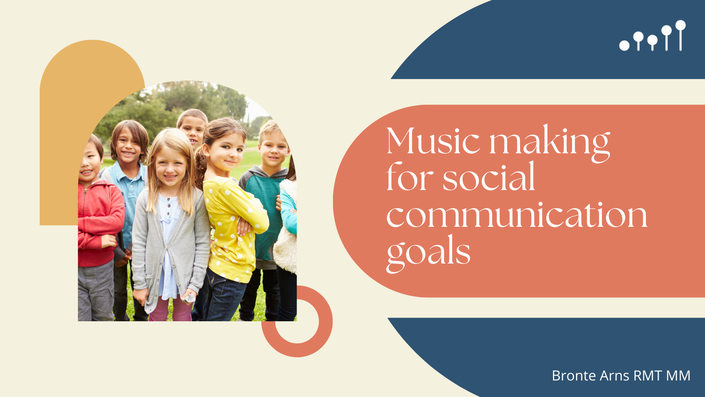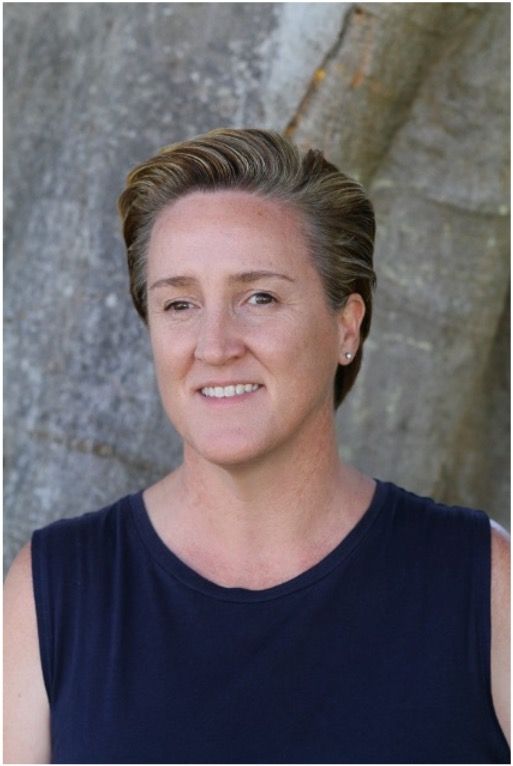
Music making for social communication goals
Creating music therapy activities that focus on social engagement for children with autism
Using Music to Support Social Communication in Children with Autism: A Neuroaffirming Approach
For children, play is not just fun—it’s fundamental to learning, connecting, and growing. Yet for many children on the autism spectrum, accessing social play and communication can present challenges.
In this comprehensive tutorial, registered music therapist Bronte Arns shares a clear, neuroaffirming framework for supporting social communication through music-based play interventions. Drawing on clinical experience and evidence-informed practice, Bronte breaks social communication into three essential skill areas: joint attention, turn taking, and adjusting to coordinate with others.
Each domain is explored across three levels of competency—passive, coordinated, and initiating—providing you with a practical and sequential approach to assessment, goal setting, and intervention. The language throughout respects neurodiversity and promotes strengths-based, meaningful outcomes for your clients.
This tutorial offers:
- Clear definitions of key social communication competencies
- Practical music and play-based activity ideas with video demonstrations
- Adaptations and extension strategies for diverse client needs
- Goal-writing support using respectful, developmentally informed language
- Additional resources to embed the learning in your practice
Concluding with a recap and three optional bonus activities, this tutorial also gives you the opportunity to earn CMTE/CPD credits as you refine your skills and deepen your clinical insight.
Perfect for music therapists working with children on the spectrum, this tutorial equips you with tools that are immediately applicable, developmentally sound, and grounded in relationship-based practice.
Your Instructor

Bronte Arns is the National Director of Music Therapy for Giant Steps Australia, schools for students on the Autism Spectrum. Her area of specialty is the role of music therapists in transdisciplinary teams, and mentoring therapists in working collaboratively with professionals from other disciplines. Bronte is interested in the power of well-crafted and well-delivered music experiences focused on social learning for students of all abilities. She loves that there is always more to learn about the role of music for deepening relationships and targeting goals around social capabilities.
Earn 4+ CMTE/CPD credits quickly and easily by watching
the tutorial and completing the bonus content activities!



Course Curriculum
-
Preview1. Introduction, overview and learning outcomes (5:35)
-
Start2. Why play? Why is play important to our learning? (1:57)
-
Start3. Joint attention: goals, video and intervention ideas (9:42)
-
Start4. Turn taking: goals, video and intervention ideas (11:37)
-
Start5. Adjusting to coordinate with others: goals, video and intervention ideas (10:40)
-
Start6. Summary, bonus content & extra resources (2:29)
-
StartSocial communication goal areas - Summary
-
StartOpen Access Article - Music therapy teaming and learning: How transdisciplinary experience shapes practice in a specialist school for students with autism Bronte Arns, Grace A. Thompson
-
StartThe Autism Hub - professional learning and online articles
-
StartSocial communication activity - Bingo! One song, so many ways to use it!
Frequently Asked Questions

